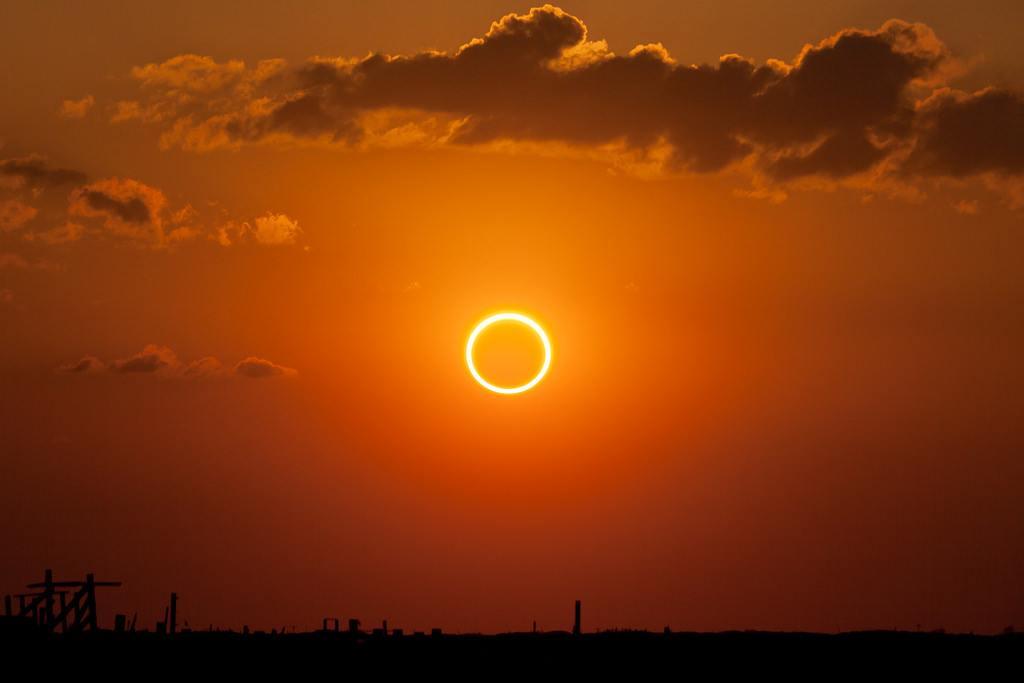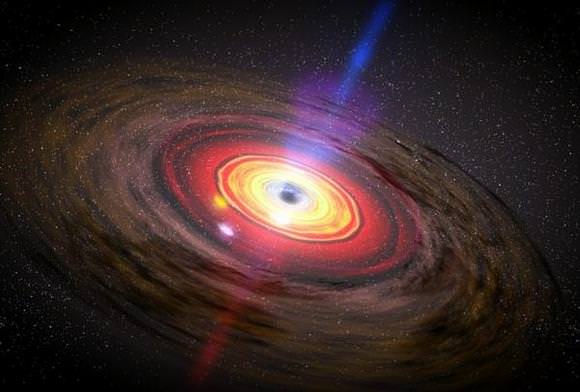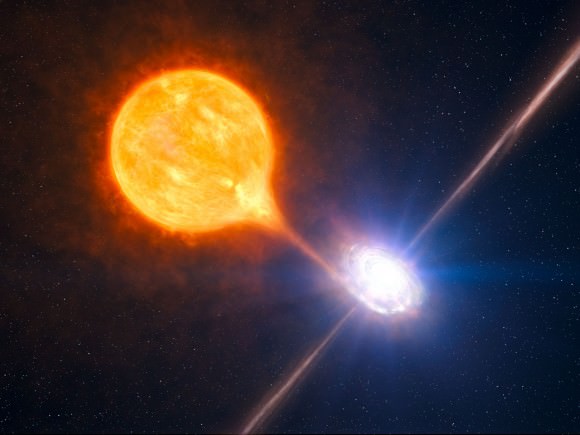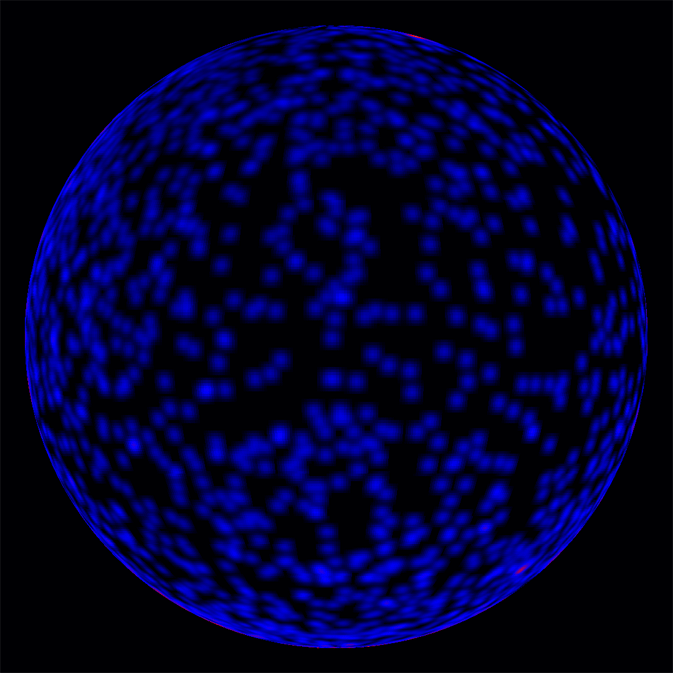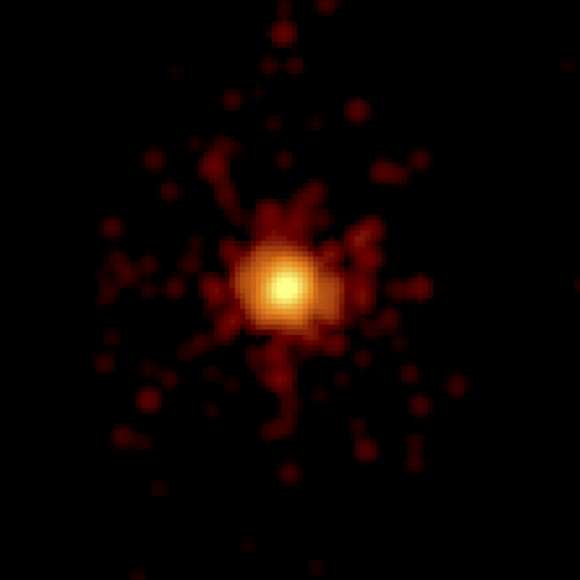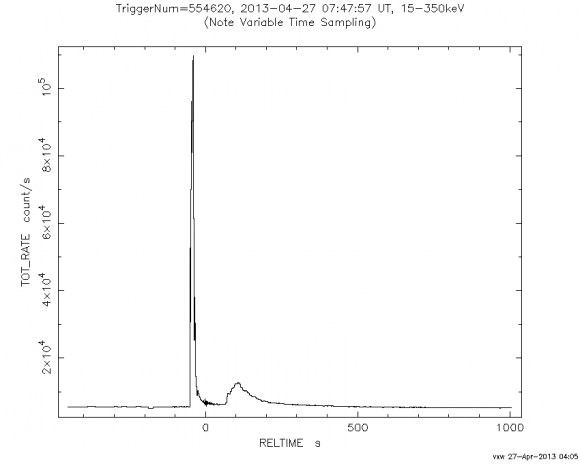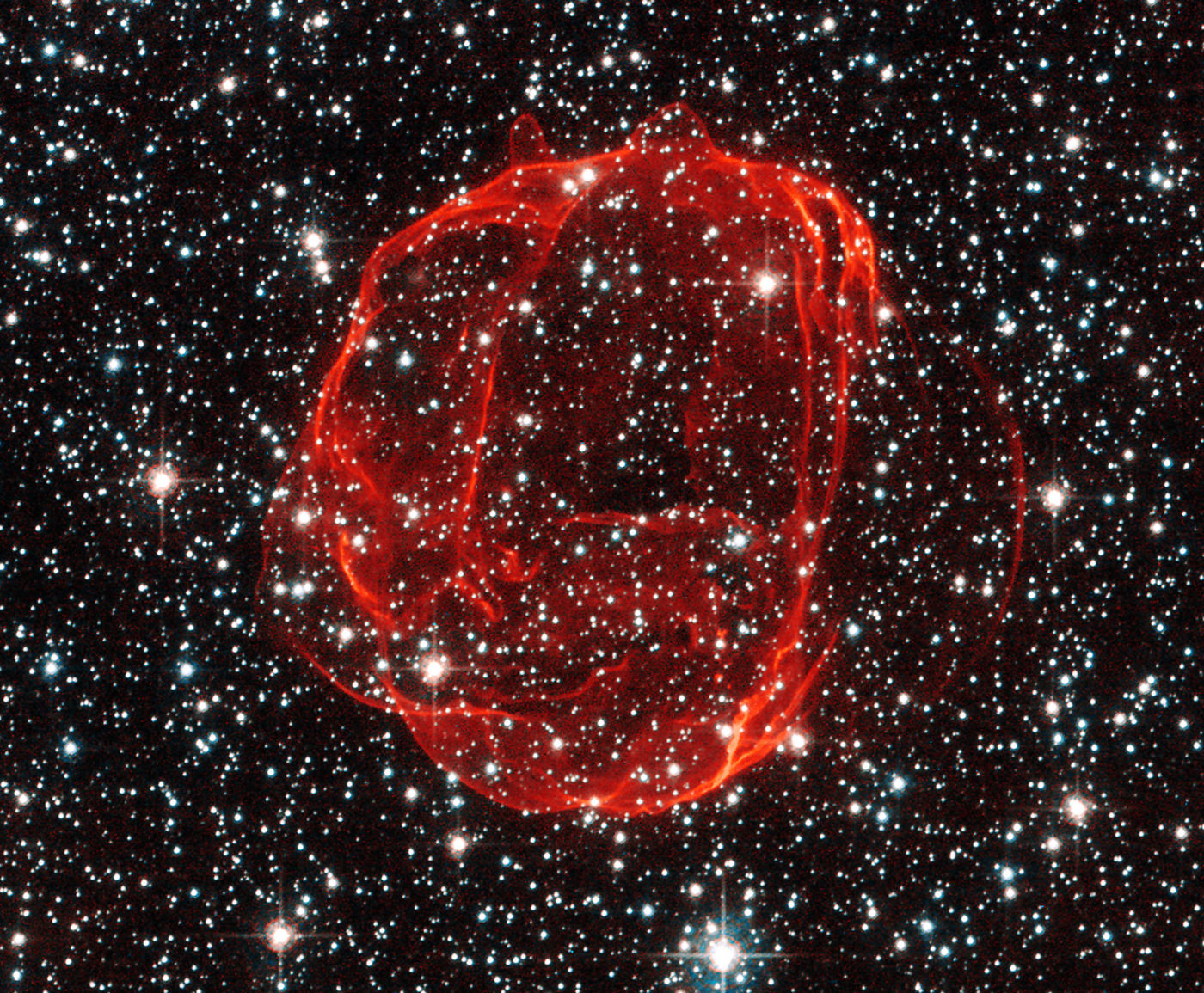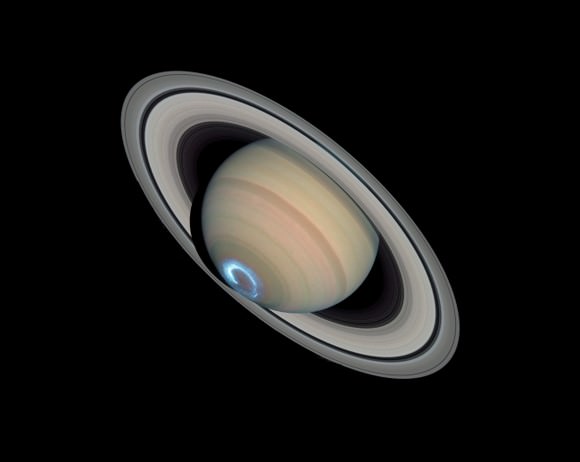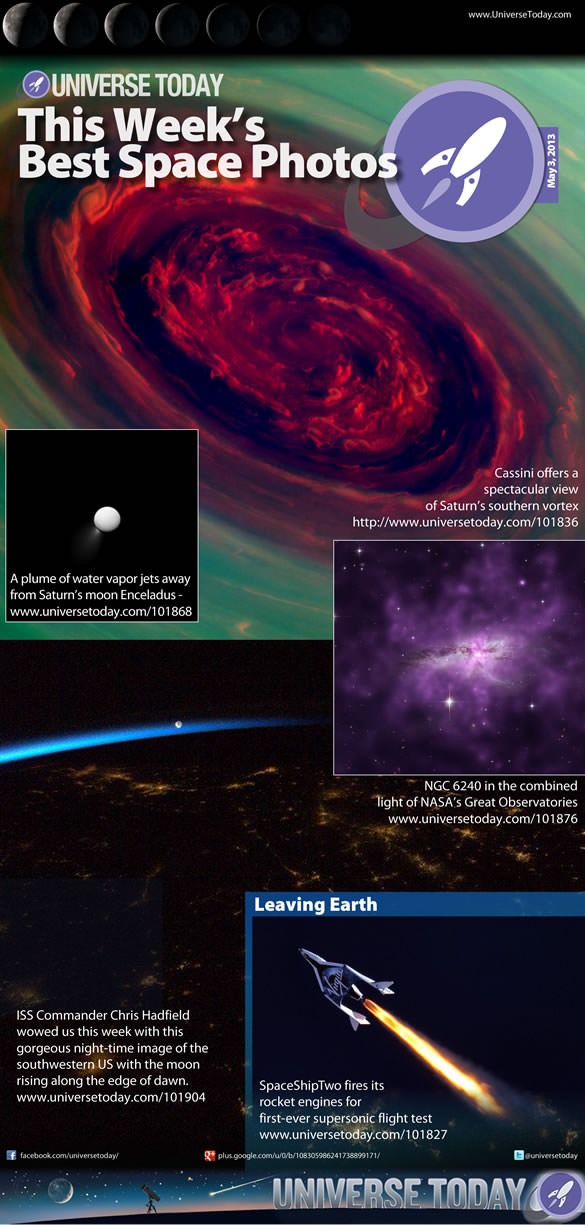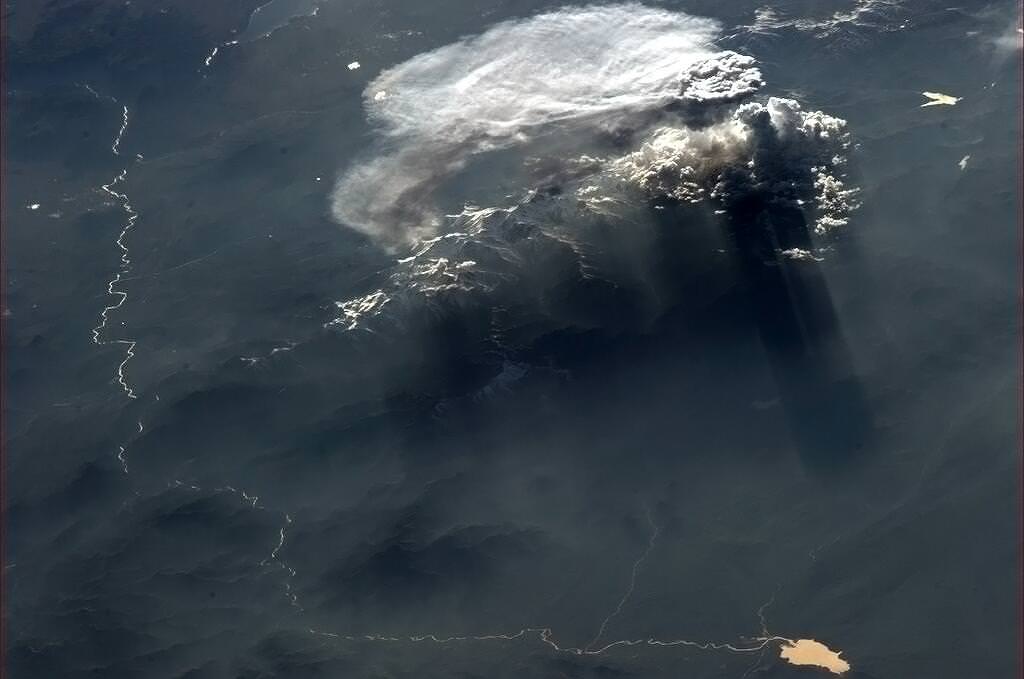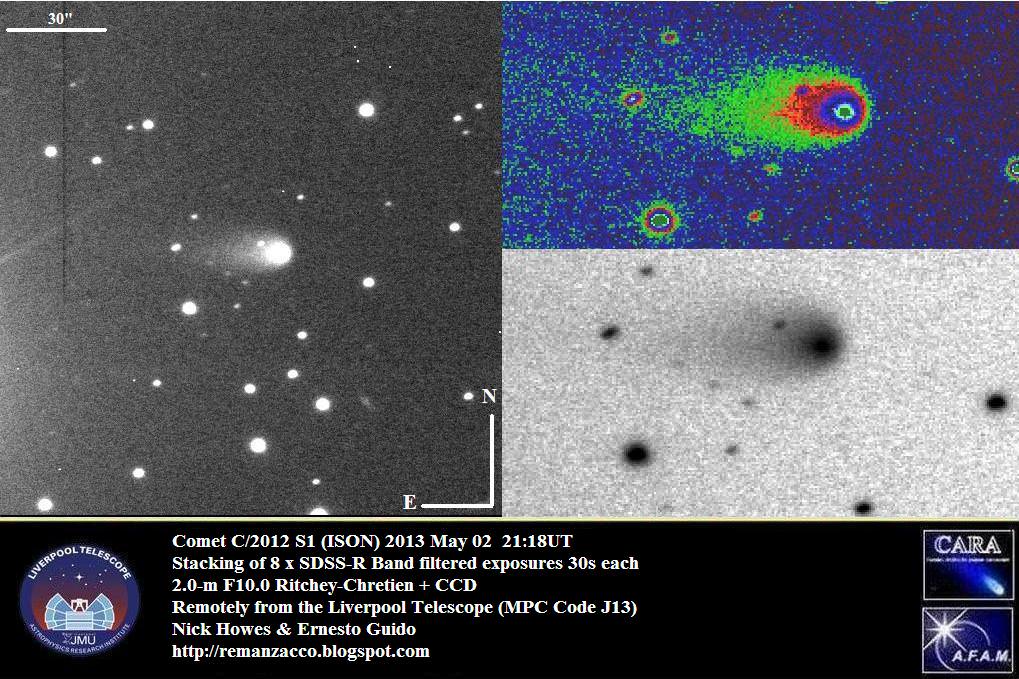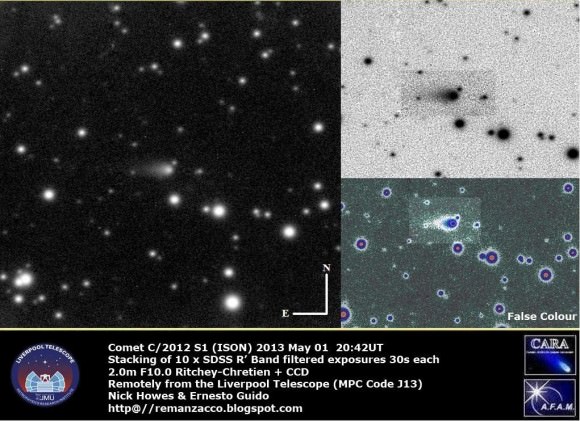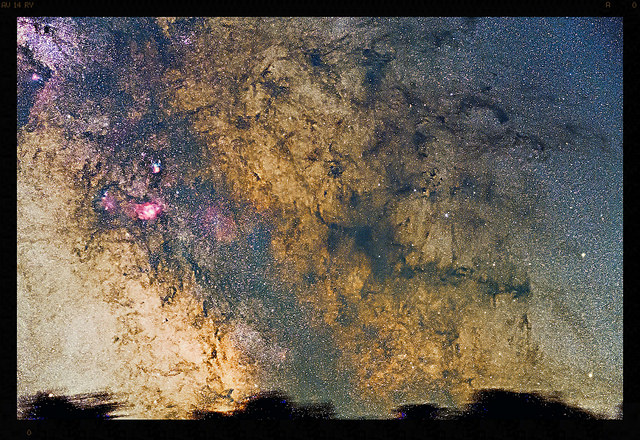The first solar eclipse of 2013 is upon us this week, with the May 10th annular eclipse crossing northern Australia and the Pacific.
2013 is an off year for eclipses. There are five eclipses this year, three lunars and two solars. Last month’s very shallow partial lunar eclipse set us up for the annular that occurs this week. In fact, the theoretical mid-point for the first of two eclipse seasons for 2013 occurs on May 7th at 7:00 UT/ 3:00 EDT when the longitude of the Sun equals the descending node where the Moon’s path crosses the ecliptic. This further sets us up for the third and weakest eclipse of the year, a grazing penumbral on May 25th.
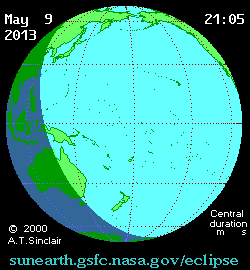
An annular eclipse occurs when the Moon eclipses the Sun while near apogee and is hence visually too small to entirely cover the Sun.
The Moon reaches apogee on May 13th at 13:32 UT/9:32AM EDT at 405,826 kilometres from Earth, just 3 days and 13 hours past New.
Annulars are currently more common than total solar eclipses, occurring 33.2% of the time in our current 5,000 year epoch versus 26.7% for total solar eclipses. The remainders are hybrid and partial eclipses. Annulars will become even more common as our Moon recedes from us at a current rate of about 3.8 centimetres a year. In about 1.4 billion years, the final brief total solar eclipse as seen from the Earth will occur. Likewise, somewhere back about 900 million years ago, the very first annular eclipse as seen from the Earth occurred.
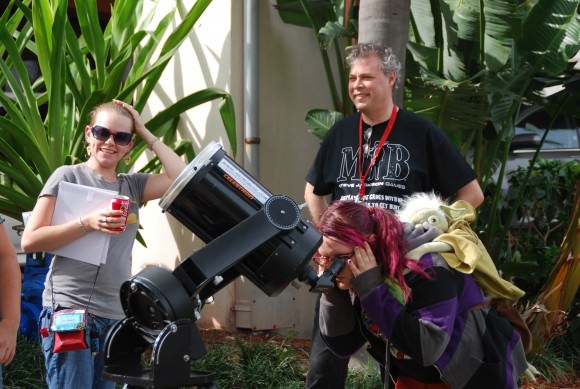
Safety is paramount while viewing an annular solar eclipse. As mentioned above, an annular eclipse throughout all phases is much brighter than you’d expect. Thus precautions to protect your eyes MUST be taken throughout ALL phases of the eclipse. Permanent eye damage can result from staring at the Sun without proper protection, and this can be near instantaneous when done through an unfiltered telescope!
We witnessed the 1994 annular eclipse from the shores of Lake Erie, and can tell you that 5% of the Sun is still extremely bright. You wouldn’t even know an annular eclipse was underway at midday unless you were looking for it. Use only filters approved for eclipse viewing that fit snugly over the FRONT of your optics. Throw those old eyepiece screw-on filters away, as they can heat up and crack!
Check filters before use and never leave a telescope aimed at the Sun unattended. Projecting the Sun is another option via a telescope or “Sun Gun,” but again, never leave such a rig unattended, and keep finderscopes covered at all times. Also, telescopes with folded optical paths such as Schmidt-Cassegrains can heat up to dangerous levels and should not be used for projecting the Sun.
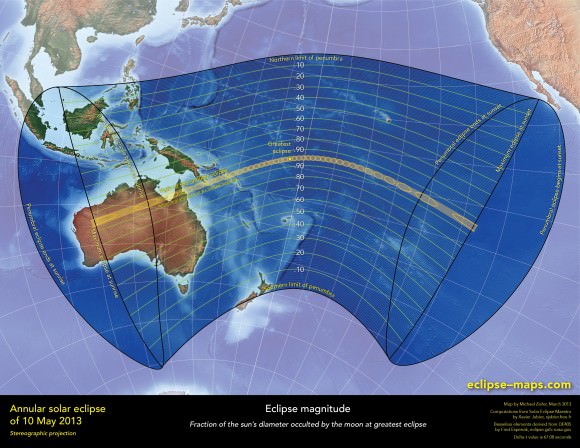
This eclipse has a magnitude rating of 0.9544, meaning that 95.44% of the diameter of the Sun will be eclipsed at its maximum. Keep in mind, this leaves about 8.9% percent of the Sun, or about 1/11th of its visual area exposed. This translates to only a 2.5 magnitude drop in brightness. Thus, the brightness of the Sun will drop from magnitude -27 to -24.5, still well over 25,000 times brighter than the Full Moon!
Note that this one crosses the International dateline as well.
The action for this eclipse begins as the partial phases touch down over Western Australia at sunrise at 21:25 UT on May 9th (The morning of May 10th in Australia). The annulus makes its appearance at 22:30 UT over western Australia, with its 172 kilometre wide track racing to the northeast over Tennant Creek in the Northern Territories and crossing the Cape York peninsula as it crisscrosses the path of last November’s total solar eclipse just north of Cairns.
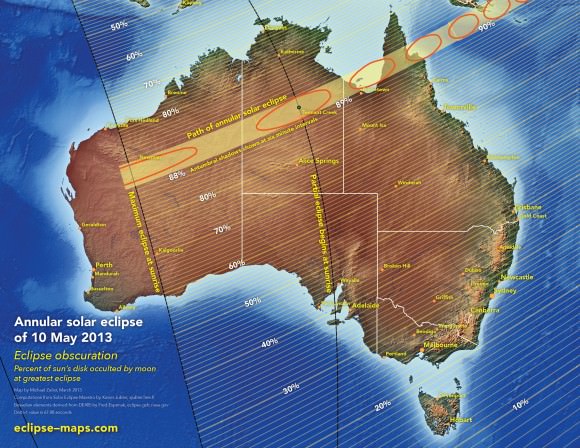
Note that the eclipse will be 80% partial near Alice Springs and Uluru (Ayers Rock), presenting an excellent photo op. Michael Zeiler at Eclipse Maps also points out that the area near the town of Newman in Western Australia will see an amazing sunrise annular eclipse. The path of the annular eclipse will then traverse the Coral Sea crossing over islands in eastern Papua New Guiana, the Solomon Islands and Kiribati before reaching greatest annularity with a duration of 6 minutes and 3 seconds at latitude 2° 13’ north and longitude 175° 28’ east. The path of annularity crosses over Bairiki Atoll and makes last landfall over Fanning Island north of Kiribati. Note that most of Australia, New Zealand, Indonesia and the Philippines will see partial phases of the eclipse. The islands of Hawaii across the dateline will also see a 40-50% partial eclipse on May 9th before the event ends in the eastern Pacific at 03:25:23 UT.
Weather prospects for the eclipse look to be best along the track through Australia with less than 20% chance of cloud cover then getting progressively worse as the eclipse path tracks northeastward out to sea. The Solomon Islands region can expect cloud cover in the 60% range, while in Hawaii prospects are about 70%. Eclipser maintains a site dedicated to weather prospects for upcoming eclipses.
Solar activity is currently moderate, with several sunspot groups currently turned Earthward making for a photogenic Sun on eclipse day;
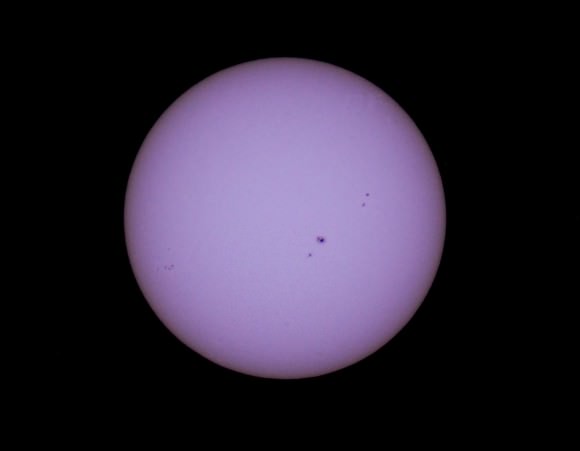
This eclipse belongs to saros series 138 and is number 31 of 70. This saros started with a 2% partial solar eclipse on June 6th, 1472 and will end with a 12% partial on July 11th,2716 AD having produced 3 total, 1 hybrid, 16 partial and 50 annular eclipses.
Fans of this saros may remember the last annular in this series which crossed South America on April 29th, 1995.
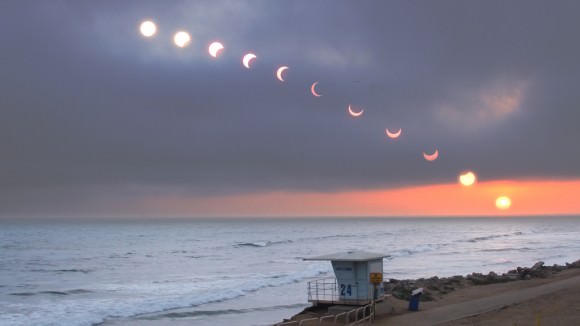
Catching a rising annular eclipse can also make for a stunning photograph. To catch the eclipse and the foreground horizon in silhouette, a DSLR with a 400mm lens running at 1/500th of a second shutter speed or faster is a good combination. Remember, you’ll have to aim this via projection. DO NOT look through the camera at the Sun! Exposures slower than 1/200th of a second are also out of the question, as you can damage the camera sensor at slow exposures.
Another cool effect to watch for is the appearance of tiny little “crescent Suns” littering the ground as sunlight streams through gaps in the tree leaves. This occurs because the gaps act like tiny little pinhole cameras. A spaghetti strainer is also a highly scientific apparatus that can be used to mimic this effect!
Several solar observing satellites, including Hinode and the European Space Agency’s Proba-2 are poised to catch multiple partial solar eclipses on May 9th and 10th. We ran simulations of these this weekend:
Finally, if you’re like 99.99% of humanity, you’ll be watching this eclipse online. Slooh will be broadcasting this eclipse live.
Also, the eclipse will be broadcast live via the Coca-Cola Space Science Center starting at 5PM ET.
Amateur astronomer Geoff Sims @beyond_beneath will be tweeting near real time images of the eclipse from the path of annularity. Colin Legg (@colinleggphoto) will also be observing the event. Also check out:
-Australian observer Gerard Lazarus’s live feed of the eclipse.
–3News in New Zealand and Sky News Australia for eclipse coverage.
Got an ad hoc eclipse broadcast planned? Let us know and we’ll include it!
The next and final solar eclipse for 2013 is a hybrid (annular along one section of the path and total along another) on November 3rd across the mid-Atlantic and central Africa. Another annular eclipse doesn’t occur until April 29th 2014, and the next total solar eclipse occurs on March 20th, 2015.
If you’re in the region be sure to catch this rare celestial event in person, or watch the action worldwide online!

